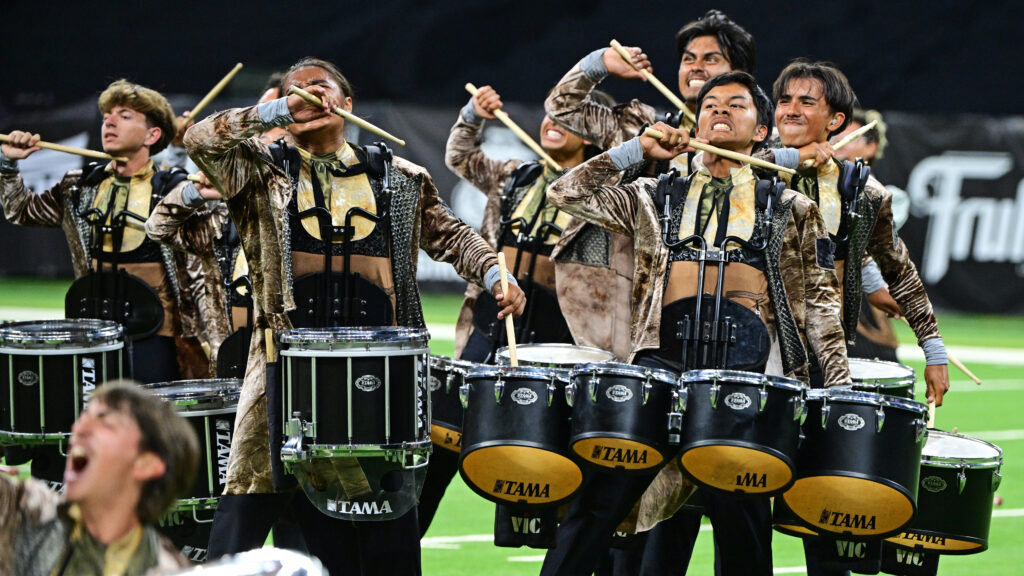
Volume 2 of “A History of Drum & Bugle Corps” (published by Sights and Sounds, Inc.) will be delivered to the printer in mid-May, so orders received prior to that date will help to determine the quantity of books to print. There will be a very limited press-run, so early orders will be guaranteed a copy.
One year ago Sights and Sounds, Inc. published volume 1 of “A History of Drum & Bugle Corps” and it has been successful. Almost immediately after the first book was delivered, the publishers started working on a follow-up volume that also contains 432 pages and has a matching hard cover.
Volume 2 of the book will feature 14 chapters of information that we ran out of room to include in the first book, plus profiles and photographs (more than 1,500) on 80 selected junior and senior drum and bugle corps that have existed over the past eight decades.
Advance orders are now being taken for book 2 at a considerable saving. And if you haven’t ordered volume 1, the same prices apply.
You can purchase a single copy for $75.00. For U.S. orders, there is no extra charge for shipping and handling. Canadian orders are charged $12.00 per book and foreign orders $16.00 per book for shipping and handling.
Multiple copies can bring the cost down to as low as $50.00 per book.
For complete information, including a list of contents, go to:
www.drumcorpsworld.com
and click on the lead story about the new history book, or go directly to the online “store.” You’ll also find a selection of available historic compact discs, along with information about subscribing to our tabloid newspaper, Drum Corps World.
You can also order by calling 1-800-554-9630 (8 a.m. to 4 p.m. weekdays, Central time) to charge your order to a VISA or MasterCard account.





